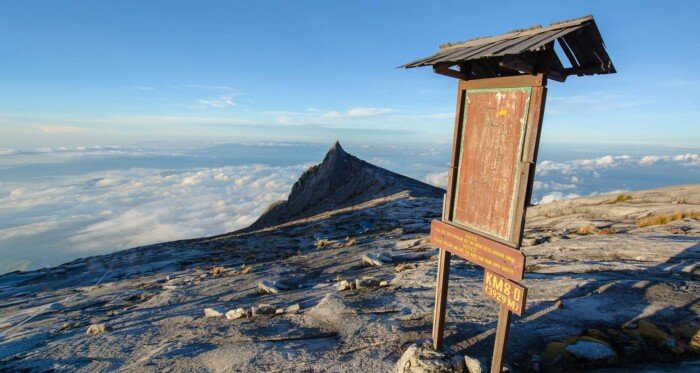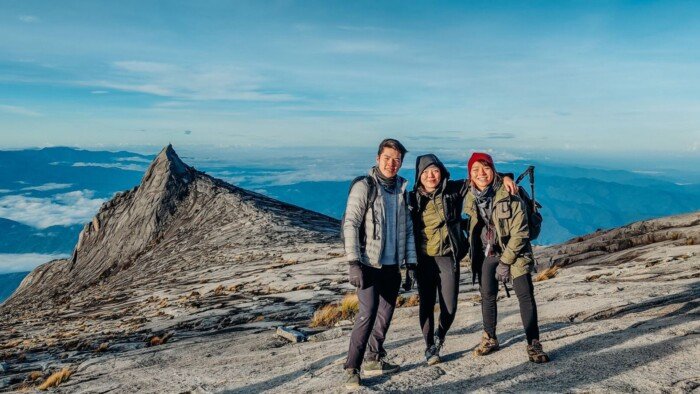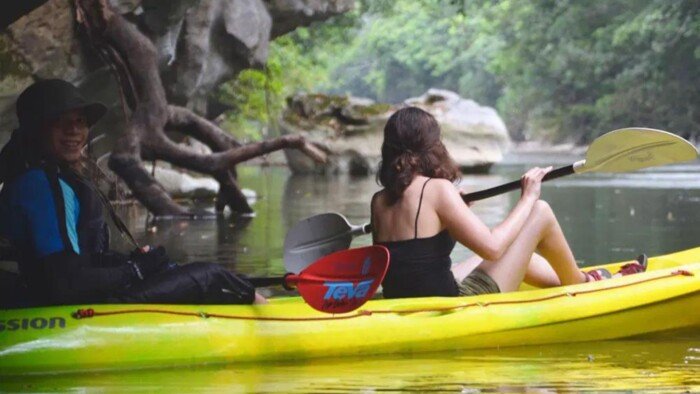The majestic Mount Kinabalu, rising above the clouds in Borneo, beckons adventure seekers with its breathtaking scenery and diverse ecosystems. But before embarking on your ascent, you likely have questions. Worry not, intrepid climber! This FAQ covers everything you need to know:

Planning Your Climb
What is the best time to climb Mount Kinabalu?
The ideal climbing season is generally from March to May and September to October, offering clear skies and comfortable temperatures. Avoid the peak monsoon months (November to February) for safety reasons.
Do I need a permit to climb Mount Kinabalu?
Absolutely! Permits are strictly limited and must be obtained in advance through authorized tour operators. Plan your trip well ahead, as permits can fill up months in advance, especially during peak season.
What is the level of difficulty?
The climb is challenging, requiring a moderate level of fitness and stamina. While not technical, the high altitude and long distances can be demanding. Training beforehand is highly recommended.
Logistics and Accommodation
Where will I stay during the climb?
Climbers typically stay overnight at Laban Rata Resthouse, located at around 3,272 meters above sea level. This basic but comfortable accommodation offers dormitory-style rooms and basic amenities like meals and hot showers.
What gear do I need?
Pack sturdy hiking boots, warm clothing for the chilly nights, waterproof gear for potential rain, a headlamp, sunscreen, insect repellent, and personal hygiene essentials. Consider renting hiking poles for added support on the climb.
What about food and water?
Most tour operators provide meals during the climb. However, it’s essential to bring your own water purification tablets or bottles to stay hydrated throughout the journey.
Safety and Preparation
What are the health considerations for climbing Mount Kinabalu?
Altitude sickness is a potential risk. Ensure you are in good health, get adequate sleep before the climb, and ascend slowly to allow your body to acclimatize to the altitude.
What safety measures are in place?
Experienced mountain guides are mandatory for all climbs. They will brief you on safety procedures and assist you throughout the ascent. Always follow their instructions and prioritize your safety throughout the journey.
What happens if I’m not feeling well during the climb?
Inform your guide immediately if you experience any discomfort or symptoms of altitude sickness. They will assess the situation and may recommend descending for your safety.
Beyond the Climb
What can I see and do besides climbing?
Kinabalu National Park offers diverse activities beyond the summit climb. Explore the park’s lower slopes with nature walks, visit the Kinabalu Park Headquarters for exhibits on the mountain’s ecology, or immerse yourself in the rich cultural heritage of the surrounding villages.
What are the cultural sensitivities to be aware of?
Respect local customs and traditions. Dress modestly when visiting villages, and be mindful of noise levels and photography etiquette, especially in sacred places.
You will find the following information useful:




